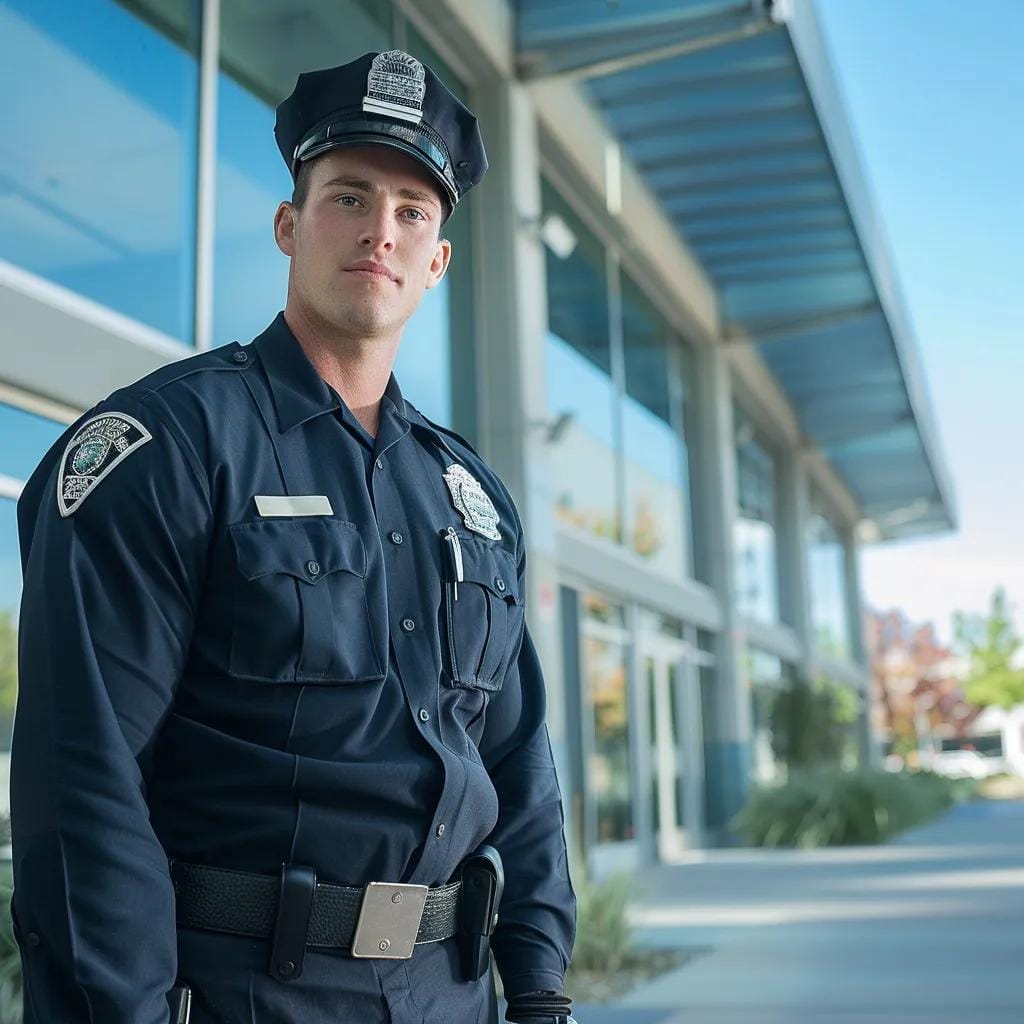In today’s fast-paced and unpredictable world, ensuring the safety of corporate leaders is a top priority for businesses. Executive protection has evolved into a critical component of corporate security, offering specialized services that go beyond traditional security measures.
By addressing physical safety, travel risks, and potential threats, executive protection provides peace of mind, allowing leaders to focus on driving business success. In this guide, we’ll explore how executive protection is transforming corporate security, highlighting its importance, strategies, and the benefits it brings to organizations.
Whether you’re a corporate leader or responsible for corporate security, discover how shielding success starts with proactive and comprehensive executive protection.
Strengthen Your Business with Cutting-Edge Corporate Security
The Evolution of Corporate Security: From Traditional to Executive Protection
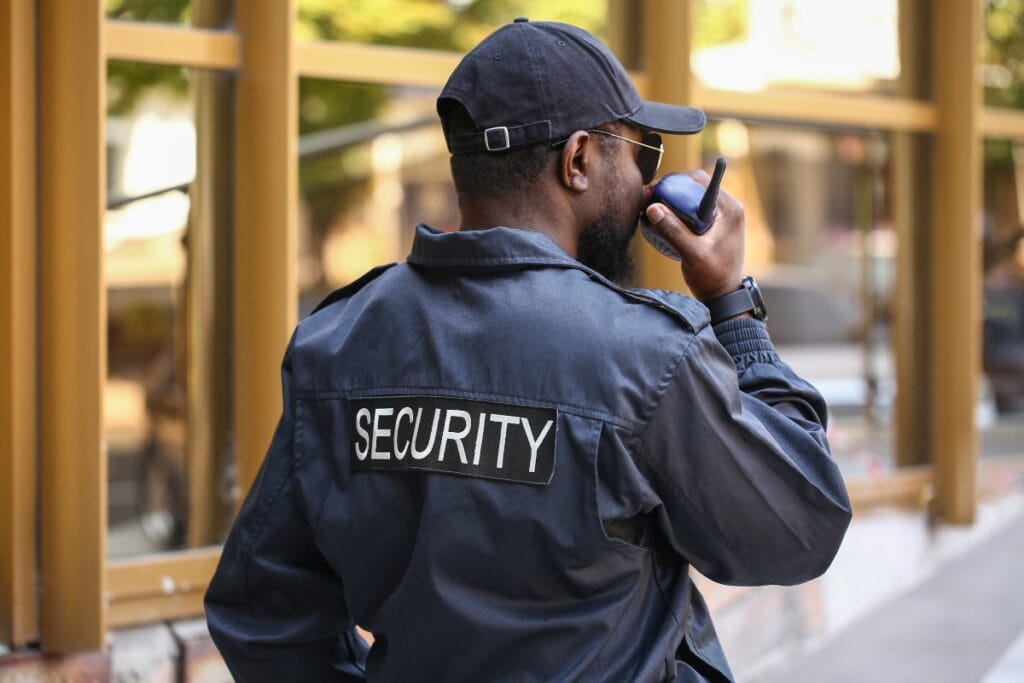
In the early days of corporate security, organizations relied heavily on basic physical measures like locks, alarms, and the presence of security guards to protect their premises and assets.
While these measures provided a degree of protection, they were limited in scope, focusing primarily on physical property rather than the people and digital assets that are critical in today’s corporate landscape. As businesses expanded globally and threats became more diverse and sophisticated, the limitations of traditional security methods became evident.
This evolution gave rise to executive protection (EP)—a specialized branch of security designed to address the unique challenges faced by high-profile individuals, including CEOs, board members, and other influential leaders.
Unlike traditional security, EP takes a proactive and personalized approach, emphasizing threat assessment, situational awareness, and contingency planning. Executive protection specialists are trained in areas like risk analysis, defensive driving, emergency medical response, and even conflict de-escalation. These skills allow them to anticipate and neutralize threats before they escalate.
In the digital age, where cybercrime, data breaches, and online harassment are rampant, modern corporate security measures have expanded to include cybersecurity measures.
Protecting an executive now means safeguarding their personal and professional digital footprints, from securing devices and communication channels to monitoring for potential online threats such as phishing or doxxing. This holistic approach ensures that security measures extend beyond the physical realm, addressing the growing intersection of digital and physical threats.
Moreover, the role of executive protection isn’t solely about defense—it also involves maintaining discretion and minimizing disruption to the executive’s lifestyle and business activities. For instance, EP professionals often collaborate with corporate travel teams to plan secure routes and accommodations, ensuring seamless and safe travel for executives.
As corporate environments grow increasingly interconnected, the evolution from traditional security to executive protection highlights the importance of adaptive, multi-layered corporate security strategies.
Understanding the Role of an Executive Protection Specialist

An executive protection specialist is not just a bodyguard; they are highly skilled professionals who understand the unique challenges faced by high-powered executives. Their role goes beyond providing physical protection; they act as trusted advisors and strategic partners.
Executive protection specialists are trained in threat assessment, risk management, surveillance techniques, crisis response, and emergency medical procedures. They work closely with their clients to understand their specific needs and develop customized security plans.
One of the key responsibilities of an executive protection specialist is to conduct thorough risk assessments. This involves identifying potential threats and vulnerabilities that could compromise the safety of their clients. By understanding these risks, specialists can implement proactive measures to mitigate them.
Risk Assessment and Threat Identification in Executive Protection

Risk assessment is the cornerstone of effective executive protection, enabling specialists to anticipate potential threats and implement proactive measures. This process begins with a thorough evaluation of an individual’s risk profile, considering factors such as their industry, public visibility, and any recent controversies that may elevate their vulnerability. Location-specific risks, such as political instability, high crime rates, or natural disaster zones, are also critical components of the assessment. For example, an executive traveling to a region with a history of unrest might require heightened security protocols and detailed evacuation plans.
Once risks are identified, executive protection specialists design a customized strategy to mitigate vulnerabilities. This often includes contingency planning, secure travel arrangements, and enhanced surveillance of high-risk areas.
Threat identification complements the risk assessment process by focusing on real-time analysis. Using advanced technology tools like social media monitoring software, geospatial mapping, and predictive analytics, specialists can detect emerging threats. Intelligence gathering from public records, law enforcement, and private networks further enriches this process, enabling the early detection of risks such as hostile individuals, cyber threats, or planned protests.
For instance, if an executive becomes the target of online harassment, specialists can trace and assess the credibility of the threat, involving law enforcement if necessary. Regular updates to risk profiles ensure that strategies evolve alongside changing circumstances.
The integration of risk assessment and threat identification forms the backbone of executive protection. This dynamic approach not only safeguards high-profile individuals but also provides peace of mind, allowing them to focus on their professional and personal responsibilities.
Crafting Tailored Security Plans for High-Powered Executives
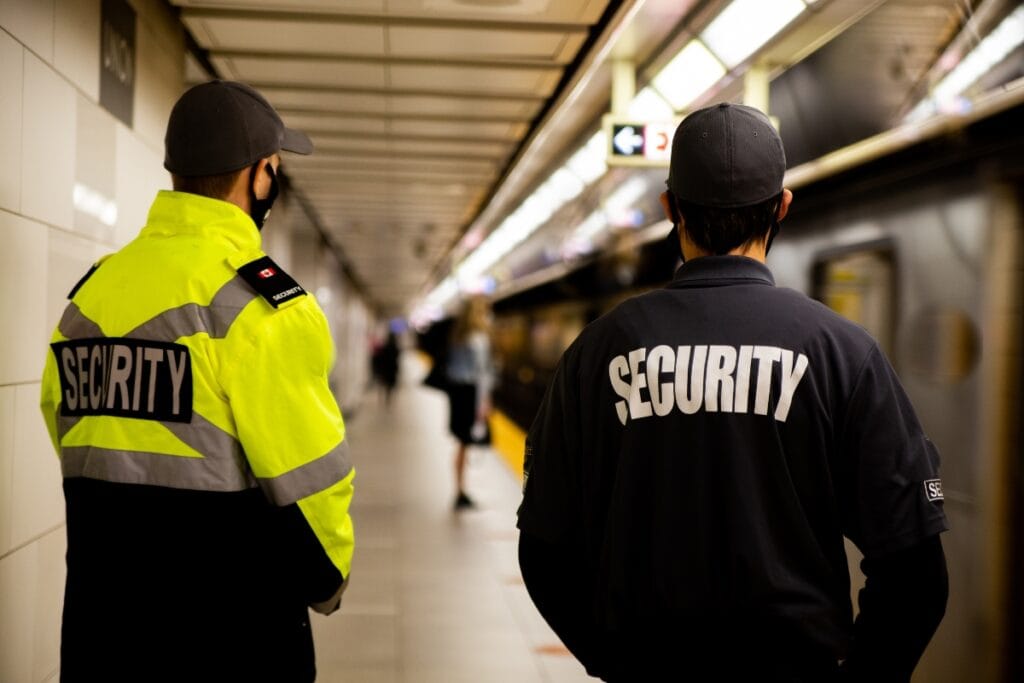
High-powered executives operate in environments where personal security and privacy are paramount. Their unique roles often make them targets of physical threats, cyberattacks, or even reputational risks. To address these challenges, executive protection specialists collaborate closely with their clients to craft security plans that are meticulously tailored to their lifestyles and risk profiles.
The foundation of a tailored security plan begins with a comprehensive risk assessment. Specialists evaluate the executive’s travel schedules, public appearances, personal habits, and professional responsibilities. For example, frequent international travel to high-risk regions may require advanced logistical planning, secure transportation, and collaboration with local authorities to ensure safe mobility.
In addition to addressing physical safety, tailored plans encompass digital security. High-level executives are often targeted for corporate espionage or data breaches. Cybersecurity protocols, such as encrypted communications, secure Wi-Fi access, and regular audits of personal devices, are integral to these plans. Specialists may also monitor social media and public forums for any emerging threats.
Secure transportation is a cornerstone of many plans, involving the use of armored vehicles, trained drivers, and predetermined routes to minimize exposure to risk. Additionally, accommodations are carefully vetted to ensure the highest levels of security, often including secure residences or hotel suites equipped with surveillance systems and emergency response tools.
Tailored plans also extend to the executive’s inner circle, including family members and key staff. Background checks and security training for personal assistants, chauffeurs, or household staff help mitigate potential vulnerabilities. Specialists also prepare emergency response procedures, ensuring all parties know how to react during crises such as natural disasters, protests, or personal threats.
The ultimate goal of these customized security plans is to create a seamless framework that protects the executive’s physical, digital, and emotional well-being without disrupting their daily life or professional responsibilities.
The Intersection of Technology and Executive Protection
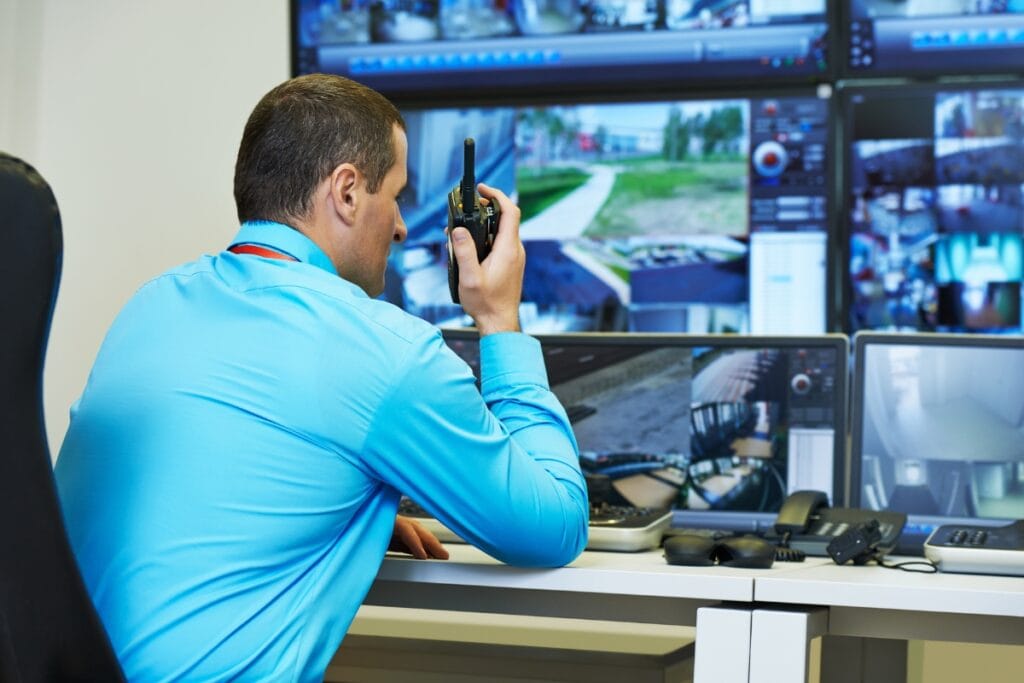
The integration of advanced technology has fundamentally transformed executive protection, enhancing both efficiency and effectiveness. By leveraging state-of-the-art tools, protection teams can better anticipate, monitor, and respond to potential threats, ensuring the safety of high-profile executives in an increasingly complex risk environment.
One significant innovation in this space is biometric authentication systems. By utilizing unique physical identifiers such as fingerprints, iris scans, or facial recognition, these systems secure access to sensitive locations like executive offices, private vehicles, and secure residences. Unlike traditional keycards or passwords, biometric systems are nearly impossible to replicate, significantly reducing the risk of unauthorized access.
The deployment of drones for surveillance has also revolutionized situational awareness. Drones equipped with high-resolution cameras and thermal imaging can monitor large perimeters, detect unusual activities, and provide live feeds to security teams in real time. This capability is especially valuable during outdoor events, where it can be challenging to monitor every corner of a venue.
Another key area is threat intelligence and data analysis. Advanced software platforms utilize artificial intelligence and machine learning to sift through vast data sources, including social media, news outlets, and law enforcement databases. These tools identify patterns, predict risks, and alert protection teams to potential threats, enabling proactive measures rather than reactive responses.
GPS tracking and geofencing technologies are also essential, especially during travel. These systems allow security teams to monitor the executive’s location in real time and establish virtual perimeters that trigger alerts if an unauthorized breach occurs.
Additionally, encrypted communication tools ensure secure conversations and data exchange between the executive and their team, mitigating risks of cyberattacks or corporate espionage.
Crisis Management and Quick Response Strategies in Executive Protection

Even with meticulous planning and robust preventive measures, unforeseen crises can still arise. The hallmark of an effective executive protection team lies in its ability to respond swiftly and decisively, ensuring the safety and well-being of the executive at all times.
Crisis management begins with a comprehensive situational assessment. Protection specialists are trained to quickly evaluate the nature of the threat—whether it’s a physical security breach, medical emergency, or reputational crisis—and prioritize actions accordingly. This assessment often involves leveraging real-time data, advanced communication tools, and intelligence gathered through pre-existing threat analysis.
Once the situation is assessed, coordinated response efforts come into play. These may involve activating evacuation plans to transport the executive to a secure location, establishing secure perimeters, or liaising with law enforcement and emergency responders. Having pre-designated safe zones and access to secure transportation options, such as armored vehicles or helicopters, ensures smooth execution of these plans.
Medical readiness is another critical component. Protection teams are often trained in first aid and CPR and may carry portable medical kits for immediate intervention. In high-risk environments, some teams include medical professionals who can handle severe injuries until advanced care becomes available.
Clear and uninterrupted communication is vital during crises. Advanced communication tools, such as encrypted devices and satellite phones, enable real-time coordination among team members, clients, and external stakeholders. Each team member has clearly defined roles and responsibilities, eliminating confusion and ensuring a seamless response.
Additionally, post-crisis debriefs are conducted to evaluate the incident and refine future strategies. This ensures that lessons learned are incorporated into updated protocols, reducing vulnerabilities moving forward.
Building Trust and Confidentiality in Corporate Security Services
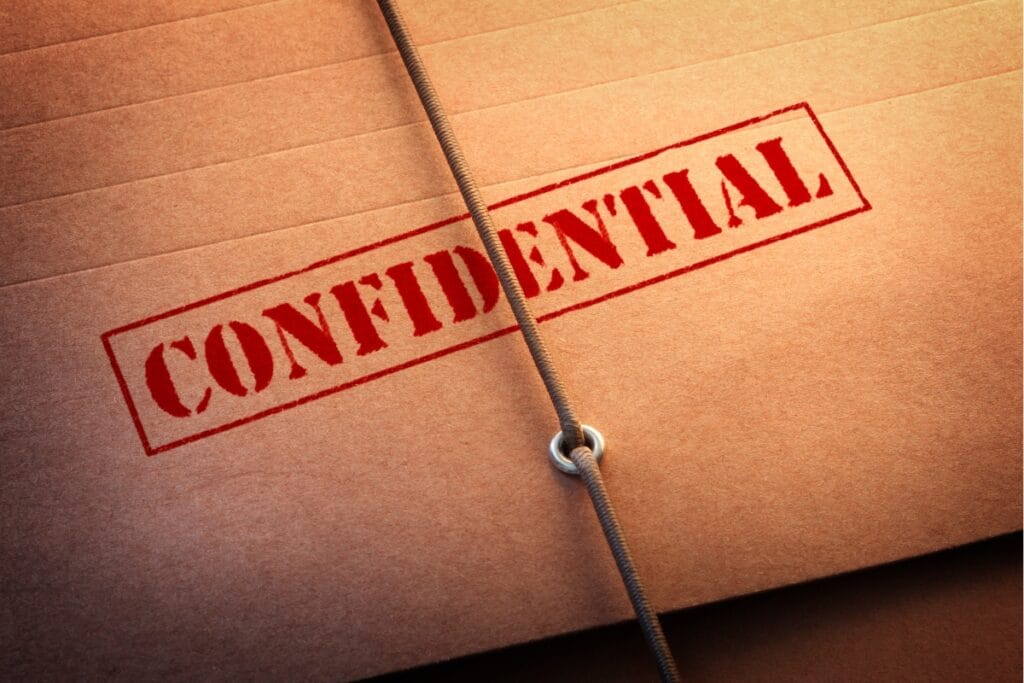
Trust forms the cornerstone of any effective executive protection service. High-powered executives depend on their protection teams not just for physical safety but also for counsel on sensitive matters, ranging from travel logistics to personal and professional vulnerabilities.
To establish and maintain trust, executive protection specialists must exhibit unwavering professionalism, integrity, and discretion. This includes being consistently reliable, demonstrating exceptional situational awareness, and respecting the executive’s privacy. Specialists must ensure their actions align with the executive’s values and priorities, fostering a partnership rooted in mutual respect and confidence.
Confidentiality is equally critical. High-profile individuals are often privy to sensitive business strategies, personal details, and legal matters that, if exposed, could lead to reputational or financial harm. Protection teams are expected to follow stringent confidentiality protocols, including the secure handling of information, avoiding unauthorized disclosures, and employing encrypted communication tools.
Maintaining confidentiality also extends to managing interactions with third parties, such as law enforcement, event organizers, or travel personnel. Protection specialists must carefully vet anyone who gains access to the executive and ensure that no sensitive information is inadvertently shared or mishandled.
Building trust and upholding confidentiality often require a proactive approach to communication. Specialists should regularly update the executive on security measures, address concerns promptly, and foster transparency while protecting crucial details.
Furthermore, undergoing routine training in ethical practices and data security helps ensure teams stay prepared to navigate complex confidentiality challenges.
Training and Development of Executive Protection Teams
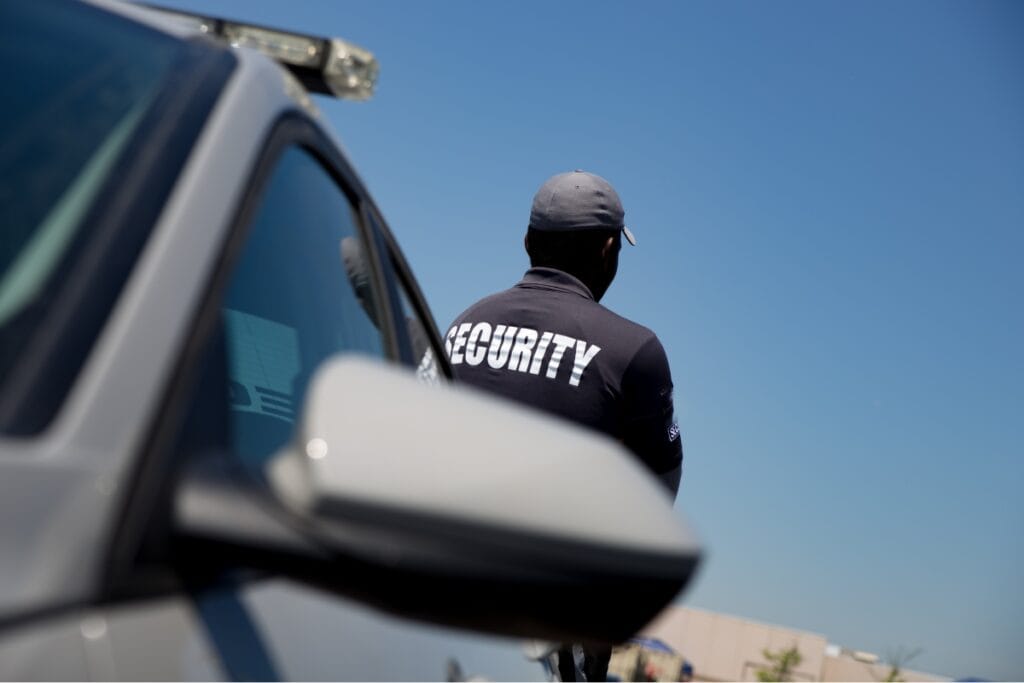
The dynamic nature of the executive protection field demands a high level of training and development to ensure specialists are always prepared for emerging threats and challenges. This commitment to professional growth is key to delivering top-tier security services to high-profile clients.
Executive protection training programs encompass a broad spectrum of skills and knowledge. Core topics include threat assessment, risk management, situational awareness, surveillance techniques, and advanced defensive tactics. Specialists are trained to identify and mitigate potential risks before they escalate, ensuring the safety of their clients in diverse environments.
Beyond the basics, training also emphasizes adaptability and decision-making under pressure. Specialists often participate in simulations that replicate real-world scenarios, from ambushes to cyber-attacks, honing their ability to respond effectively. Physical fitness and endurance are critical components, as the role may require long hours, rapid movement, or defensive actions.
Continuous professional development further enhances the capabilities of executive protection teams. Attendance at industry seminars, workshops, and conferences helps specialists stay abreast of the latest tools, techniques, and trends.
Specialists may pursue certifications in specialized areas like cybersecurity, counter-surveillance, or international travel security, adding layers of expertise to their skillset. By staying informed about legal and ethical standards, protection teams ensure their actions are not only effective but also compliant with regulations.
Enhancing Corporate Resilience through Executive Protection Measures

Executive protection measures serve a dual purpose: safeguarding high-profile leaders and strengthening the overall resilience of corporate entities. These measures extend beyond the immediate protection of executives, influencing the broader organizational culture and preparedness.
Implementing comprehensive corporate security plans demonstrates a company’s dedication to the safety of its leadership team. This proactive approach not only protects individuals but also reinforces confidence among stakeholders, employees, and clients. When a corporation visibly prioritizes security, it cultivates trust, enhancing its reputation as a stable and reliable entity.
Executive protection specialists contribute to corporate resilience by integrating their expertise into broader risk management strategies. Beyond physical security, they assess potential vulnerabilities—whether cyber, operational, or reputational—and develop mitigation plans that protect the organization as a whole.
Education is another vital aspect of the corporate security team’s impact on resilience. Specialists often conduct training sessions and workshops for employees, focusing on risk awareness, crisis response, and basic safety protocols. This empowers staff at all levels to identify potential threats and respond effectively, creating a proactive and security-conscious workforce.
Additionally, executive protection measures often incorporate cutting-edge technologies, such as real-time monitoring systems or advanced threat intelligence platforms. These tools enhance an organization’s ability to respond rapidly to potential crises, minimizing downtime and ensuring continuity of operations.
Conclusion: The Indispensable Role of Executive Protection in Safeguarding Success
In an increasingly complex world, where threats can come from all directions, executive protection has emerged as an indispensable component of corporate security. It goes beyond traditional measures by providing tailored solutions that address the unique challenges faced by high-powered executives.
Executive protection provides a tailored security solution that not only shields individuals but also preserves the integrity and reputation of your organization. Trust the experts at 4Horsemen Investigation & Security to deliver unparalleled executive protection services. Call us at 404-680-0860 or visit our website to schedule a free consultation. Let us provide the peace of mind and security your business leaders deserve.
